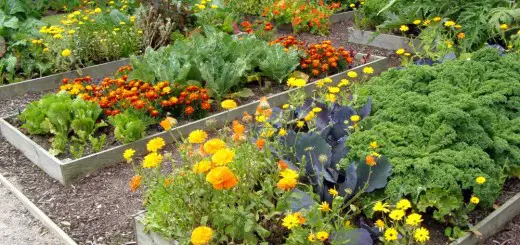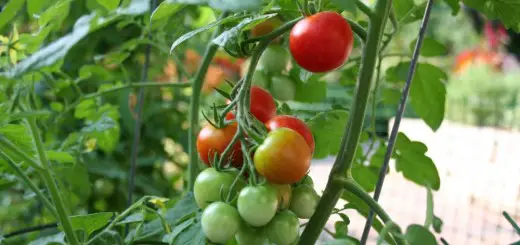Gardening tips for beginners
Winter is long gone now and people are starting to dig in the gardens. For those who lay their hands on the tools in the shaft for the first time, some suggestions could lead to satisfying results and not a chaos in the garden. Below are a few gardening tips for beginners, as compiled by NewsOK:
First of all, take a look at the whole garden. Notice, if necessary over a couple of days, which areas are the most exposed to sun and which stay in the shade of the trees for most of the day. These are important details which can help you in planning what to cultivate and where.
Vegetables such as spinach, salad or beet need more space and are ideal for those having small gardens. If you prefer tomatoes, then you should know they need more space which can be obtained by planting them in the space of the above-mentioned veggies once they are harvested or you can grow them vertically.
Gardening tips for beginners in May
Gardening in May can start with veggies such as onion, cabbage, broccoli and cauliflower. Returning to the previous tip about examining the areas in the garden which are exposed to sun or not, some vegetables, such as cabbage or peas, can be affected by cold and therefore they need to stay in the sun. Others, such as peppers and tomatoes are even more sensitive to cold. For this reason, any gardening plan has to be carried out once you have the minimum conviction weather will not get cold again.
Returning to gardening tips for beginners, once the garden is assessed based on the above-mentioned criteria, the next step is testing the soil. The harvest very much depends on this aspect and, for this, one should know what the soil in your garden lacks or, on the contrary, has in abundance.
For the beginners and those having small gardens, it is enough to get a soil testing kit, even if experts say it is not too relevant. For professional tests, you can always resort to specialists and specialized laboratories. Experts say the soil Ph. should be between 3.5 and 8.5 for plants to develop. If you use the same space for planting, it is ideal the tests are done at least annually and at most every three years. If results turn to be consistent in time and comply with your gardening plans, then the test can be done at least every three up to five years.


















